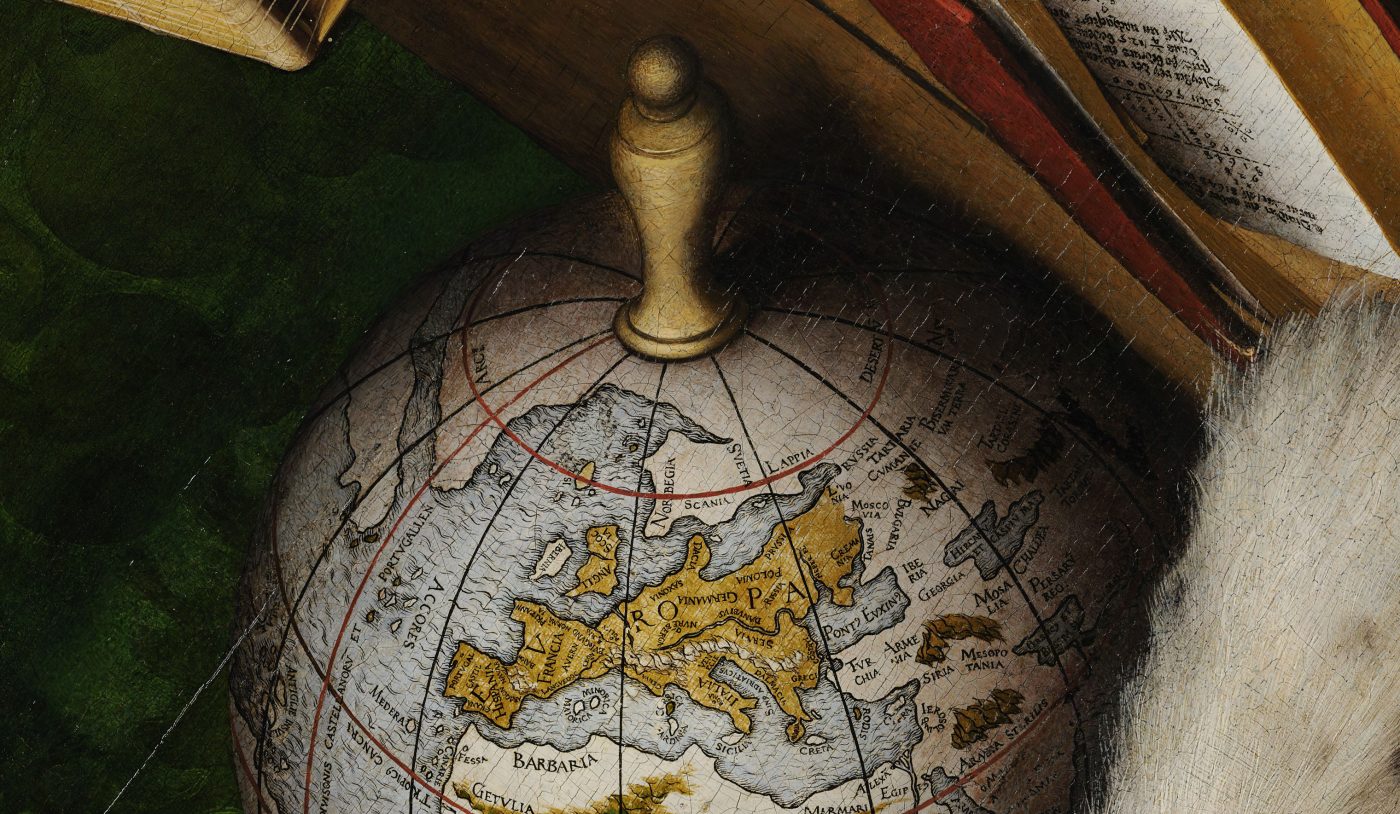In today’s modern age of technology, visualization data has never been more detailed, efficient, and insightful. The platform Palladio offers a modern take on how to show data through colors, indicators, and other customizable elements that bring both quantitative and quantitive data.
When I first used this platform, I was confused on exactly what I was doing. I wish there was a better explanation for explaining the purpose of this program. The website itself, in the beginning, does not have examples or icons to show the functions of this site.
More of the struggles I had were due to the lack of information. After inputting the first travel data, it took me a while to realize that the reason I was not seeing the location points on the screen was that I had not inputted what those “location links” meant. Then, instead of having a side carrot or arrow directing to the “locations data” block, we were only notified of this with another box to the side. An improvement could be that they can make each “category” a different color. The website had all the data points on the “data” tab monochrome which made it hard to differentiate. I wish Palladio had told me that I needed to follow through with identifying all numbers and symbols in order for the visuals to you what you want it to.
I appreciate the custom nature of this interface. I liked how personalized this part of the program can be: choosing colors and map styles. In addition, I enjoyed playing around with the “timeline” function to see the progression of travels of people in time in various hues of monochrome. However, I wished to see “timeline” its own top tab, instead of it on the bottom of the page of “map”. It can get easily hidden and unseen.
I would say that a limiting element of this program is that it is not user-friendly to people who are not familiar with data sheets/google sheets/excel. Learning how to formulate the tables in the first place could be a struggle. Instead, this program could offer an internal data inputting program where people can directing make their own tables of data and categories in Palladio. With more information, clearer instructions on navigation and purpose of the site, I think that this platform could serve very useful for (not limited to) people in the field of demography, geography, statistics, and public health.
